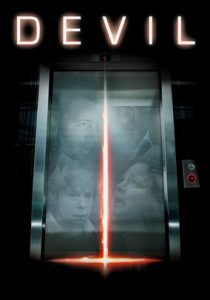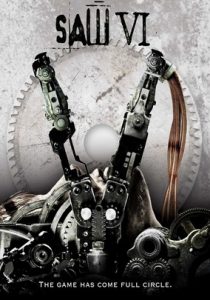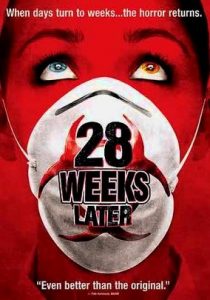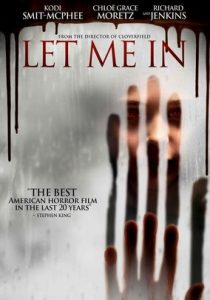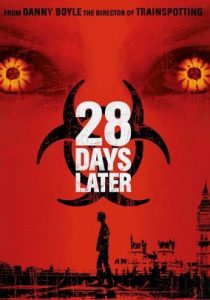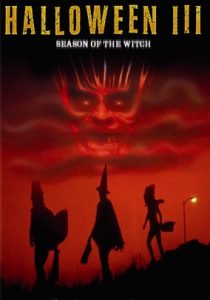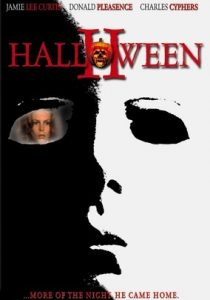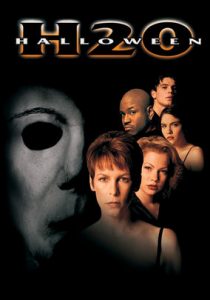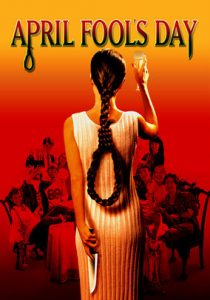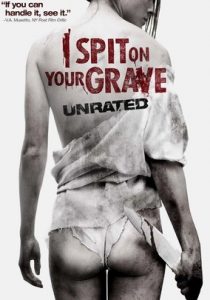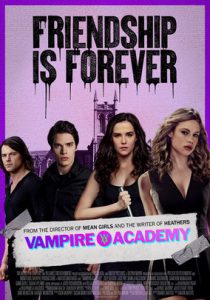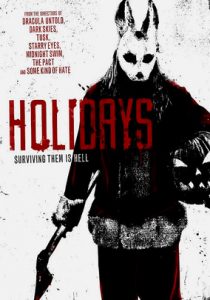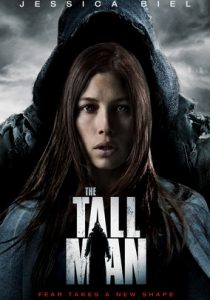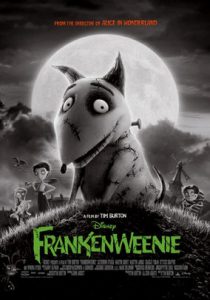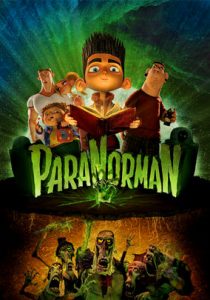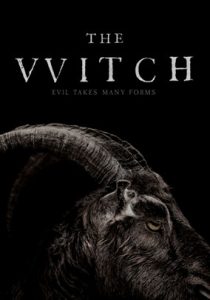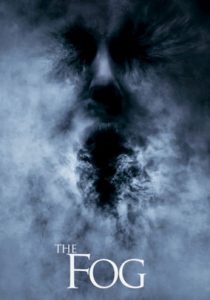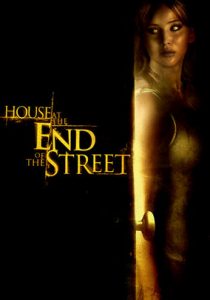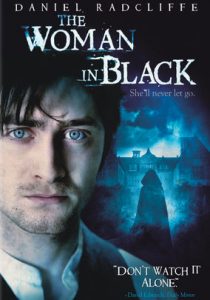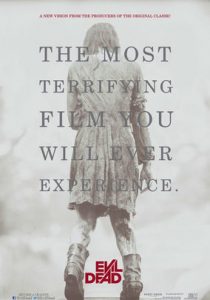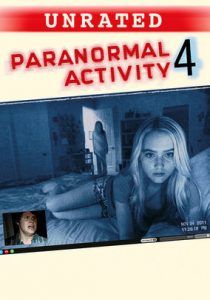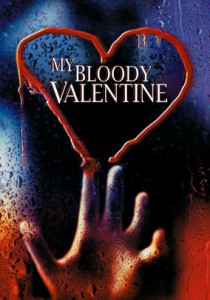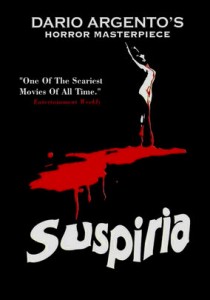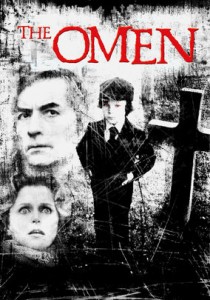Five Dolls For An August Moon-1970
Director Mario Bava
Starring William Berger, Howard Ross
Scott’s Review #393
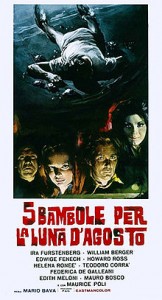
Reviewed April 9, 2016
Grade: B-
Five Dolls For An August Moon is a 1970 Italian horror film by horror maestro Mario Bava, a well-regarded director of the genre.
Being relatively a novice to his films, but knowing his name, I expected a bit more from the film than I was treated to.
From a critic’s consensus, Five Dolls For An August Moon is not considered to be one of his better films- not even close. I found some positive elements to the film, but ultimately it did not come together concisely or compellingly.
The dubbing from Italian to the English language is poor and I would have preferred more authenticity to watch in the native Italian language.
Containing a fascinating and mysterious premise, a group of gorgeous people gathers on a sunny, remote desert island- somewhere off the coast of the Mediterranean Sea.
Owned by wealthy industrialist George Stark, the weekend is intended to be one of socializing, fun, and relaxation.
It appears to be summer(hence the title) and the vacationers exude sexuality and a sense of good style. The beach house is lavish and sophisticated and it is suggested that all are brilliant, or at least, riding on the coattails of those who are.
One of the guests is famed chemist, Professor Gerry Farrell, who has recently created a revolutionary formula, and it is quickly revealed that all of the guests are industrialists with plans to buy the formula from him at any price.
Incensed, Farrell refuses to budge and, suddenly, one by one, the guests are killed off in typical gruesome horror fashion.
I am a sucker for a good whodunit, and Five Dolls For An August Moon appears to be in Agatha Christie’s- And Then There Were None style of intrigue, but this aspect of the film proves to be the most trivial and uninteresting as the plot moves along.
The character’s motives were unclear (yes, I get they all wanted the secret formula), but the real necessity of having it besides, presumably money, which they all appeared to already have plenty of, was dull.
The ending of the film and the “big reveal”, while clever, was also overly complicated for this type of film.
The film was for its time (1970), very provocative in look and style, and that impresses. Featuring a groovy, psychedelic soundtrack, bright, trendy clothing, and a sunset, the film challenges the tried and true horror elements, especially foreign horror (darkness, rain, fog, gloom) and this makes the film work from a cinematic perspective.
One cannot help but watch this film and think of director Russ Myer as a heavy influence. The casting of good-looking Italian actors, both male and female- the females busty and gorgeous- the men stylish and cool, reminiscent of Myer male actors, is noteworthy.
Interestingly, another glaring example of how other countries’ progressive sexual viewpoints contrast with the more conservative United States is that many of the couples on the island are involved sexually with other people on the island, including a lesbian romance, highly unusual to show in 1970.
These shenanigans give Five Dolls For An August Moon a more creative, suave, and sexual intrigue.
A highly effective, and creepy, aspect of the film is the keeping of the corpses in a freezer with plastic bags over the victim’s heads- meat locker style. Eyes bulging, with the clear bags giving a ghastly view, I immediately thought of the still-to-come masterpiece, Black Christmas, and how this film might have been influenced by a similar scene of a victim wrapped in plastic with a gruesome facial expression.
This is good horror stuff.
Five Dolls For An August Moon (1970) is not a great film, but it does have some edgy elements, a cool look, and thanks to great direction from Mario Bava, does some influencing films to come.
A decent horror flick and a worthwhile investment for fans of Italian horror- Bava is a heavy hitter and, next to Dario Argento, is the master in Italian horror films.
